
Theo Jaffee is one of my favorite young podcasters. When I bumped into him at a conference in Florida, he told me about his visit to “the worst neighborhood in Japan.” At my urging, he’s written up his experience as a guest post. Enjoy!
P.S. Here are my three main pieces on what I’ve learned in Japan.
Anyone who's been to Japan will tell you about its incredible levels of public order, safety, and cleanliness. When I went to Japan for the first time this summer, I assumed the Japanophiles were exaggerating, but I was blown away. From the remotest villages to the centers of the densest cities, every single street was immaculately clean, every public bathroom in perfect condition, every convenience store well-stocked and staffed by happy, smiling employees. There wasn't a hint of danger or sketchiness even in the middle of the night, and not a single homeless person to be seen anywhere. I couldn't believe how nice it was everywhere, so I resolved to see if I could find anywhere in Japan that wasn't perfect. When I Googled "worst neighborhood in Japan", one result popped up more than any other: Kamagasaki, Osaka. When I went to Osaka, I had to check it out for myself.
During the Meiji restoration in the late 1800s and early 1900s, Japan changed extremely rapidly - going from a poor, agrarian, isolated, feudal society to a modern, industrialized, Westernized powerhouse in two generations. As part of this societal change, the country rapidly urbanized. Between 1860 and 1920, the proportion of Japanese people living in cities nearly doubled, and by 1940, it doubled again. In the 1920s, Kamagasaki organically came into being as a slum, an extremely dense, crime-ridden neighborhood composed largely of unskilled laborers from the countryside who came to the city to seek economic opportunity. Kamagasaki remained poor as World War II ravaged Japan and even during Japan's postwar economic miracle. Throughout the 1960s, the neighborhood saw multiple riots and conflicts with the police. In 1961, nearly 6,000 police officers took two days to put down a riot of over 2,000 people, and over 20 more riots occurred in the next thirteen years. To this day, despite the decline of crime and riots, Kamagasaki remains one of the poorest neighborhoods in the country. 18% of the neighborhood’s residents are on welfare, compared to just 1.6% of Japan's overall population.
My obsession with neighborhood quality and urban design stemmed in part from living in San Francisco over the summer. To save money, I lived in the worst part of the city: the infamous Tenderloin, at 16 Turk Street, right near the Powell Street BART station and Hallidie Plaza. To put it mildly, it was not great. I would walk past drug-addicted homeless vagrants every single day, multiple times a day, without exception. Most were unconscious from fentanyl, some perhaps dead. Sometimes they'd be awake and screaming. One time, a homeless woman screamed at another that she wanted to kill her. Another time, a homeless man yelled at me and attempted to chase me until he was distracted by a cop and I slipped away. Often at night, nearby blocks would be full of literally dozens of them. The streets were invariably filthy, covered in graffiti, tents, and "temporary" construction. The Powell Street station, the third-busiest on the BART, had an escalator that was broken when I arrived and remained broken until I left three months later. At my local Walgreens, near Market and 4th, half the items were locked up and I regularly saw people openly, brazenly shoplift. The beleaguered security guards never stopped them. A month ago, Walgreens announced that store was closing, along with 11 others in San Francisco, adding to the neighborhood pattern of some of the highest-potential real estate in the country bearing massive FOR LEASE signs long-vandalized by the homeless. During the year, 16 Turk serves as a residence hall for Minerva University, and residents have been quite clear about the area's issues.
So I had to see if Japan's worst neighborhood could be anywhere near as bad as San Francisco's.
Kamagasaki was unquestionably grittier than any other neighborhood I went to in Japan. A couple other neighborhoods dipped below perfection - Shibuya right outside the station had some tourist litter around, but nothing even on the level of Midtown Manhattan, and Tokyo's red-light district of Kabukichō wasn't very clean - but Kamagasaki was the only genuinely subpar neighborhood I saw the whole time.
The streets and buildings were noticeably dirtier, multiple people were passed out drunk outside convenience stores, and a few homeless people with carts could be seen sitting on the street. It didn't feel as bustling as a typical urban Japanese neighborhood, but not as quiet as a typical residential one either. There were a lot of cheap hotels, hostels, and boarding houses, with rates as low as 1000 yen ($6.50 USD) a night or lower. Often, people - usually elderly male day laborers - live in these as their primary residence, moving from boarding house to boarding house to avoid sleeping on the street.
Most Japanese cities are full of covered shopping streets called shōtengai: narrow alleys lined with small shops and covered with translucent panels to keep the rain out, sort of like Fremont Street in Las Vegas. Most shōtengai are packed with shoppers and composed of mostly restaurants and gift shops. Kamagasaki's shōtengai was largely dead, dirtier than normal, and had much more gaming, prostitution, and entertainment than most shōtengai, which are primarily food and normal retail.
Yet despite everything, Kamagasaki was significantly nicer than not just the Tenderloin, but a good chunk of urban neighborhoods in the US. Bikes were left outside unlocked just like in the rest of Japan, something that would be unthinkable almost anywhere in America. There were substantially fewer visible homeless people, and the few that were passed out on the street were there because of alcohol, not fentanyl or other hard drugs. Though the small public parks were dirty and nearly devoid of greenery, the bathrooms were still cleaner than the vast majority of urban public facilities in America. Vending machines remained generally functional and weren't vandalized. And despite it being noticeably sketchier than its surroundings, I never felt even a little unsafe.
If Kamagasaki truly is the worst neighborhood in Japan, then America has a lot to learn about urbanism.




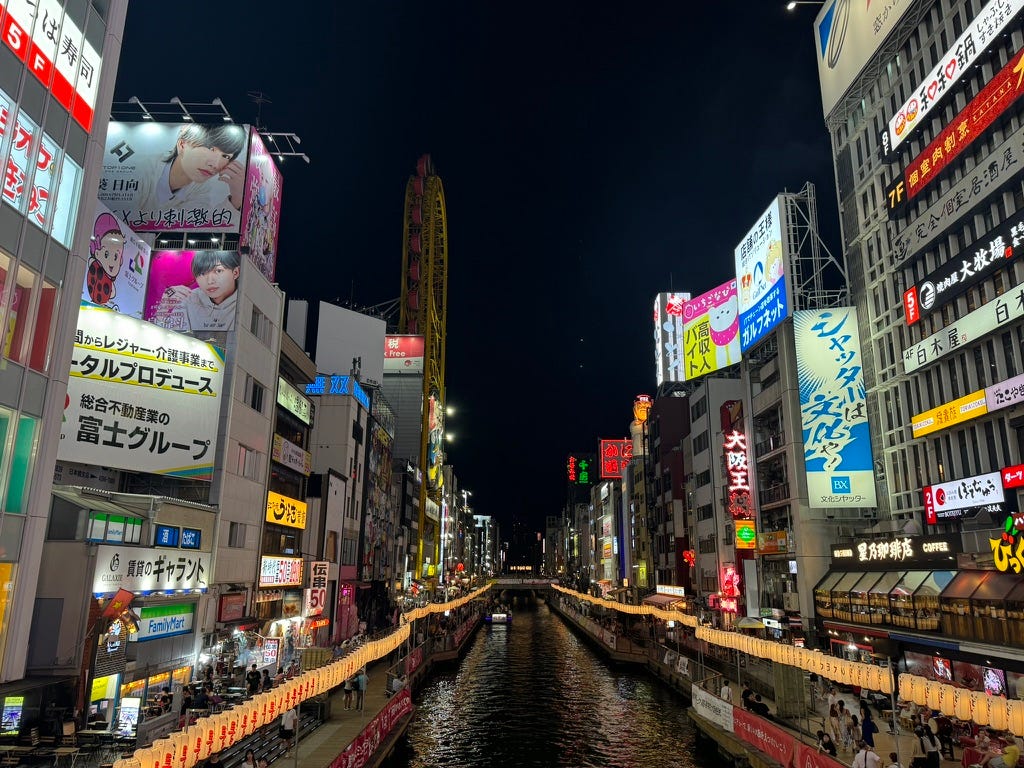
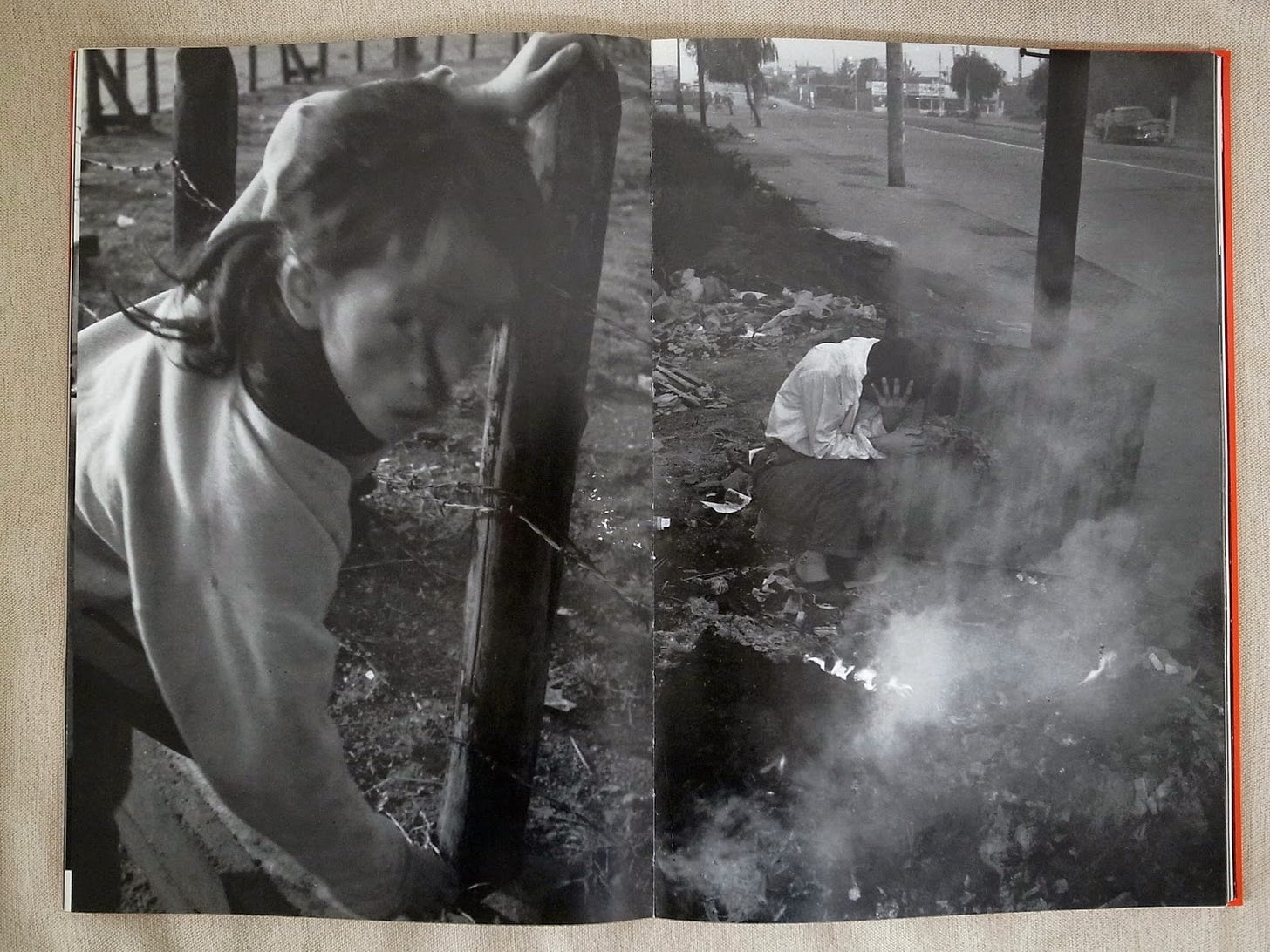



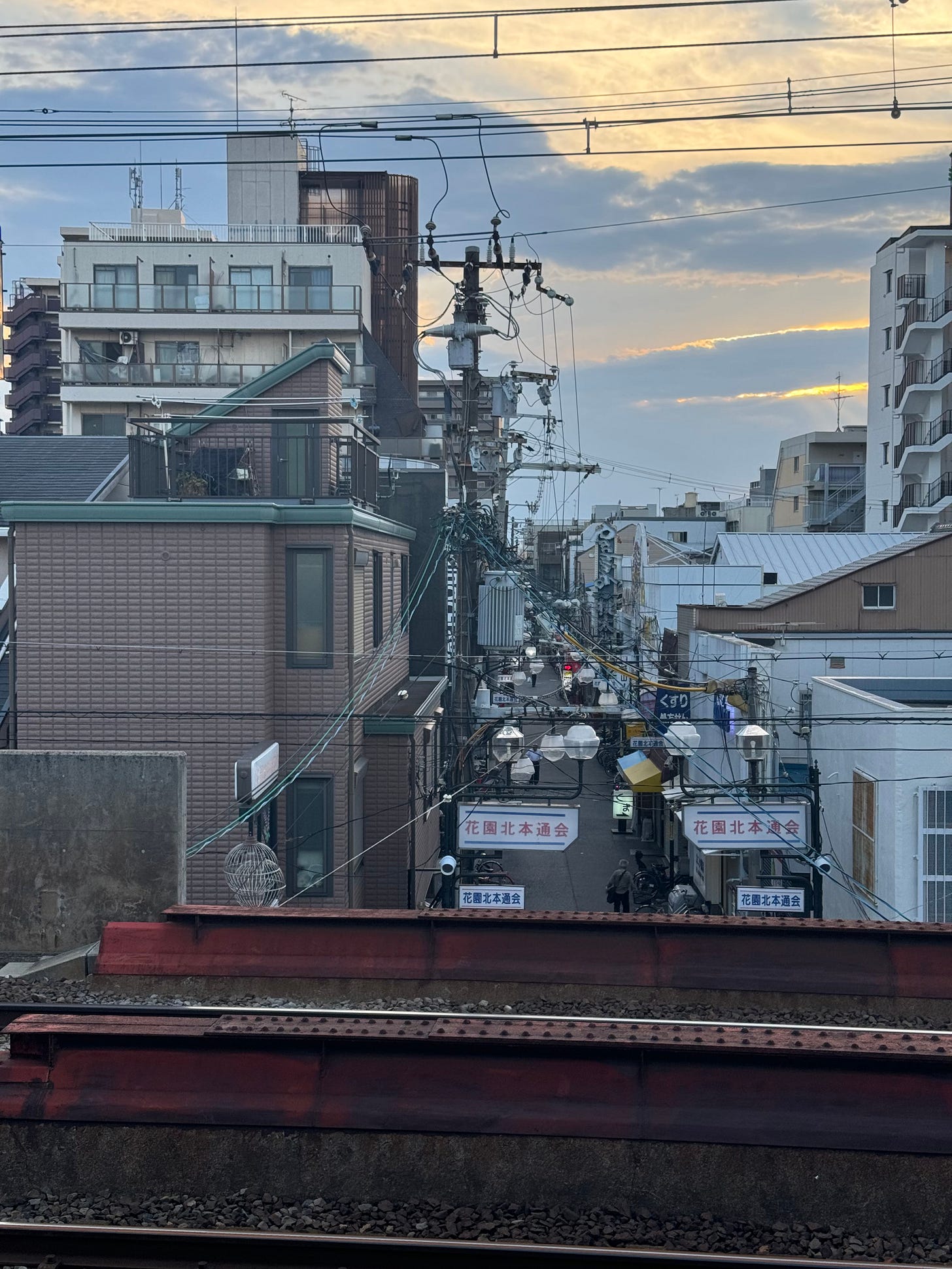





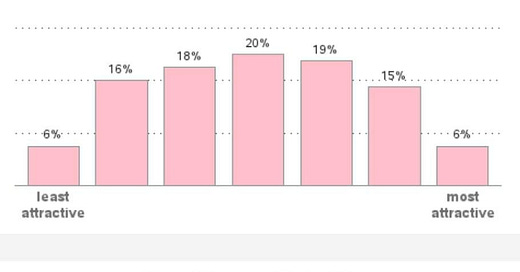

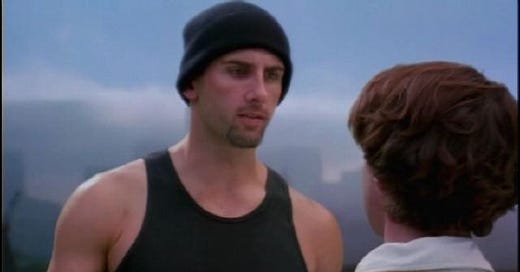




Japanese culture is not replicable in the USA because of various reasons that cannot be discussed in "polite company".
This is my experience as well, it’s pretty hard to find anywhere that feels unsafe in Japan (the biggest fear should be from the police, since suspects don’t have many rights as in other western countries).
As for the shotengai photo, I don’t know what you base the prostitution claim on (there are such businesses as deliheru short for delivery health, which sends woman out to male’s homes who need some boost to their “health”, but I don’t see any in this photo.) The posters on the ceilings are for GinGinHurricane a song by the GinGin girls (ギンギン♂ガールズ): This is an idol duo formed in 2014 by AV actresses Kyoko Maki and Saki Mizumi. They debuted in 2015 at Japan Adult Expo, known for their energetic performances and a mission to “energize Japan’s men.” Their catchphrase and name lean heavily on the “ギンギン” (Gingin) vibe—lively and bold. They’ve performed at venues like Shinjuku Lefkada and held anniversary lives, with a notable 5th-anniversary show in 2020.
So, it’s maybe slightly related to prostitution but in a clean Japanese way. Note the performance is not as sexy as you would assume.
https://youtu.be/9hUEmSyV0F0?si=pWGmw2OPluwm2kZU